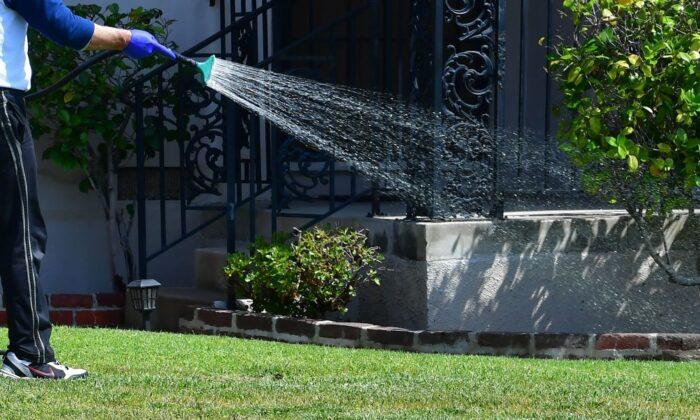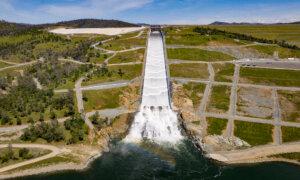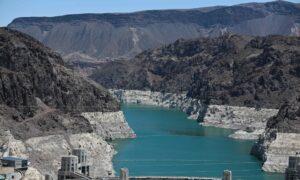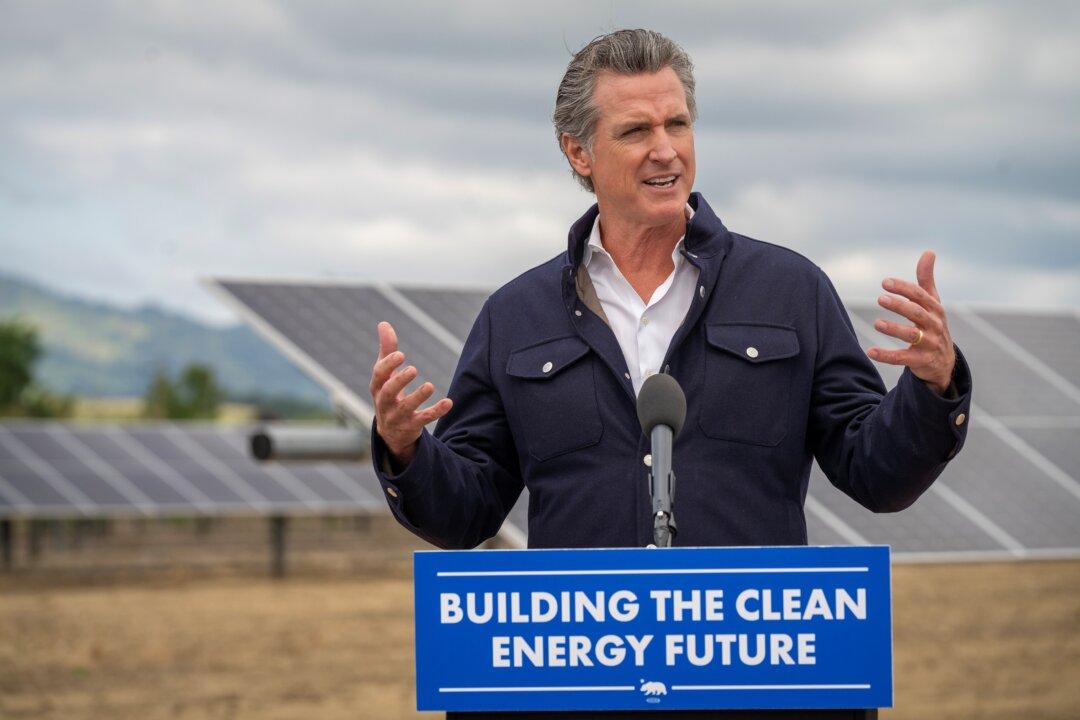California water regulators have released updated versions of proposed water-saving regulations that would ease the pressure on local water suppliers to meet the requirements.
Initially, the proposed requirements—which go into effect in January 2025—required suppliers to reduce water usage by nearly 15 percent, and 33 percent or more in inland areas, by 2035.
However, the proposal faced criticism from water agencies regarding its practicality.
In response, in a March 12 update, California’s State Water Resources Control Board extended the timeline to meet the requirement by five years, pushing it to 2040.
Additionally, under the latest update, many water agencies will face less stringent mandatory reductions than initially anticipated.
“[The new proposal] maintains the state’s commitment to conservation while making it easier for water suppliers to meet their efficiency goals,” Eric Oppenheimer, the state water board’s executive director, told the Los Angeles Times.
The regulation plan, also referred to as “Making Conservation a California Way of Life,” if ultimately approved by the water board, will affect about 400 of the state’s largest urban water suppliers, requiring them to establish and implement a water usage target annually, starting next January.
Local agencies could be subject to fines of up to $1,000 per day or $10,000 per day during drought periods if they fail to establish or achieve their targets.
According to the water board, the objectives may vary by community and are influenced by factors such as population served, regional climate, and weather conditions from the previous year.
“If hot and dry conditions increase landscape water needs, suppliers’ objectives would rise and suppliers would have to do [more in conserving water] to meet their objectives, compared to wetter or cooler years,” a spokesperson of the board wrote in an email to The Epoch Times.
The Central Valley and Southern California’s inland regions are projected to be most impacted by the regulations. In contrast, areas with already high levels of water conservation, such as the Bay Area and coastal Southern California, may initially face minimal to no reduction requirements, as outlined in the plan.
Some Southern California cities with high reduction requirements include Arcadia, Beverly Hills, and Burbank, all tasked with reducing water usage by more than 30 percent by 2040, according to the updates.
Other reduction mandates include Covina, at 29.1 percent; Redlands, at 17.8 percent; Thousand Oaks, at 15.7 percent; and the L.A. Department of Water and Power, at 9.3 percent.
According to board data, 122 water suppliers across the state, including those in Santa Ana and Compton, are already meeting conservation goals and will not be required to reduce their usage through 2040.
The state projects that the updated regulations could lead to a 7 percent reduction in water usage by 2035 and a 9 percent reduction by 2040, saving around 500,000 acre-feet of water per year, equivalent to the water needs of 1 million households annually.
Changes to the regulatory plans were also partly influenced by a review conducted by the nonpartisan Legislative Analyst’s Office earlier this year, which suggested that if the initial plan were implemented, costs would increase for water suppliers and consumers.
However, the considerable upfront cost for these programs, she said, could create financial burdens for low-income communities.
Ms. Petek additionally said that water suppliers might need to increase staffing to adhere to the updated regulations, possibly leading to additional rate hikes.
“As a customer of your water supplier, you may see rate increases in your water bill over the 2025 to 2040 period,” she said.
Additionally, the legislative analyst’s report highlighted practical challenges in implementing water-saving programs, noting the assumption that all residents can afford to make changes, and then sustain them, to save water.
“We have some concerns that it might not exactly be realistic to assume that every resident in the state would be able to sort of redesign their landscapes and then maintain them at that water-efficient standard,” Ms. Petek said.
Aside from implementation challenges, she also underscored the lack of directives regarding water conservation in wet years within the proposed regulations.
“We think the Legislature might want to start thinking about how to track and manage that [rain]water to really maximize the benefits of this new conservation framework,” she said. “If the state were able to save that water, either through groundwater banking or other methods for use during dry years that could really help increase the state’s drought resilience.”







